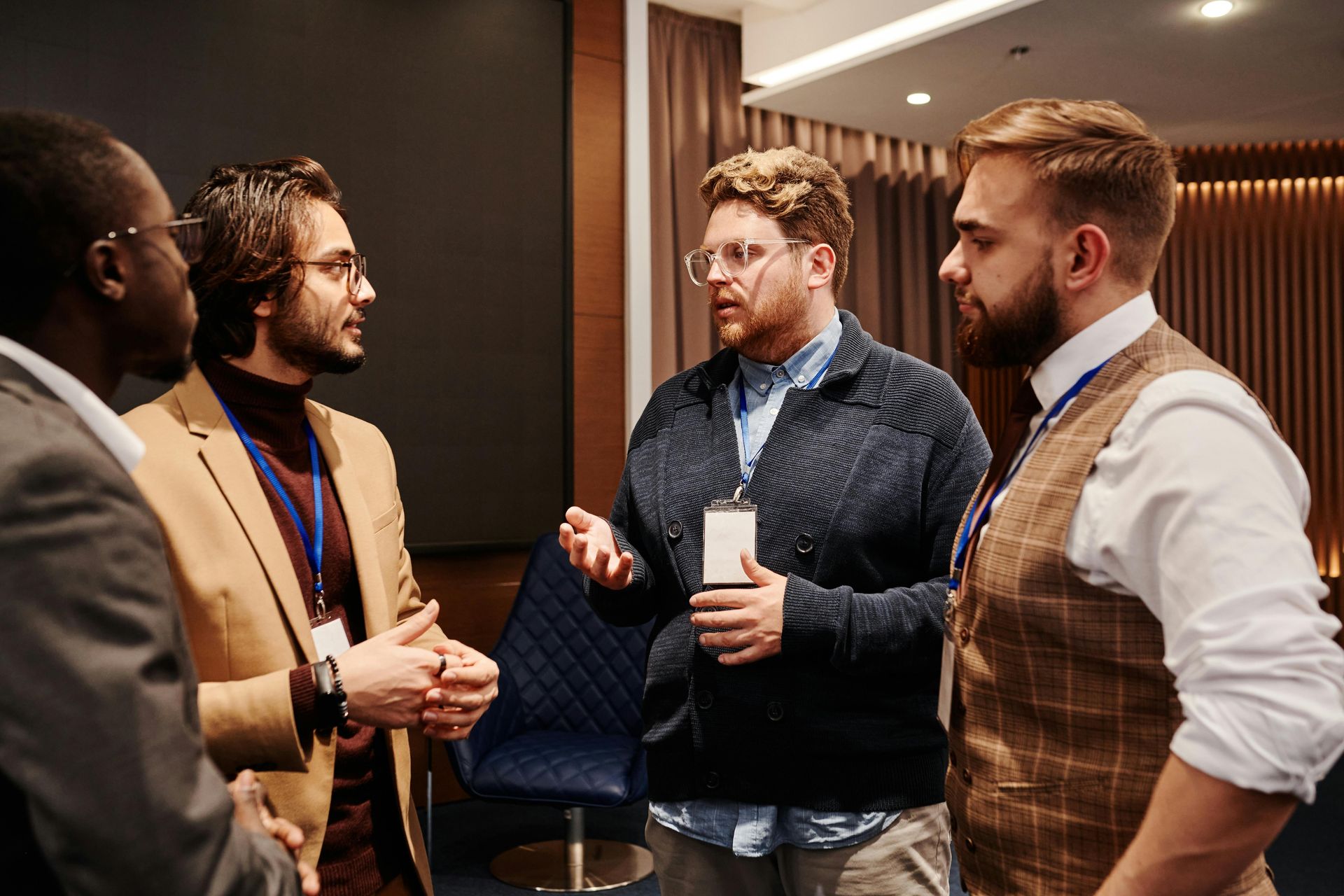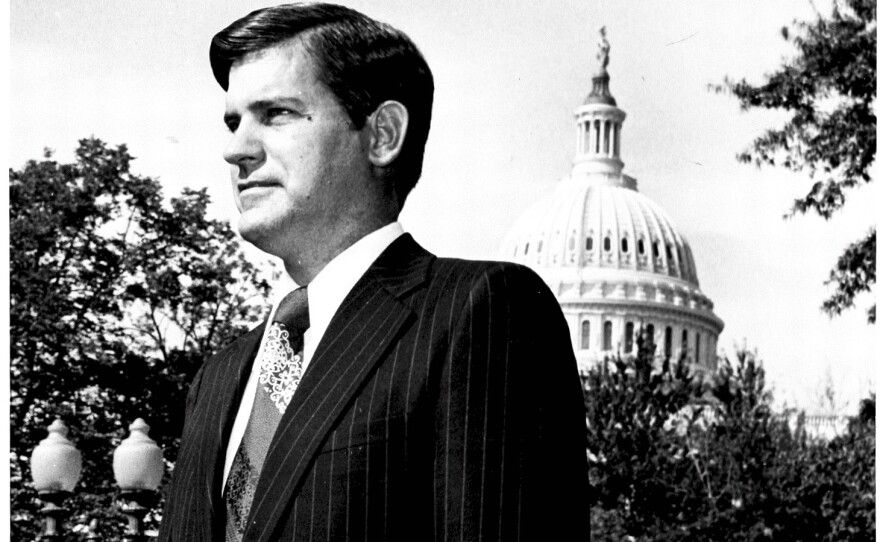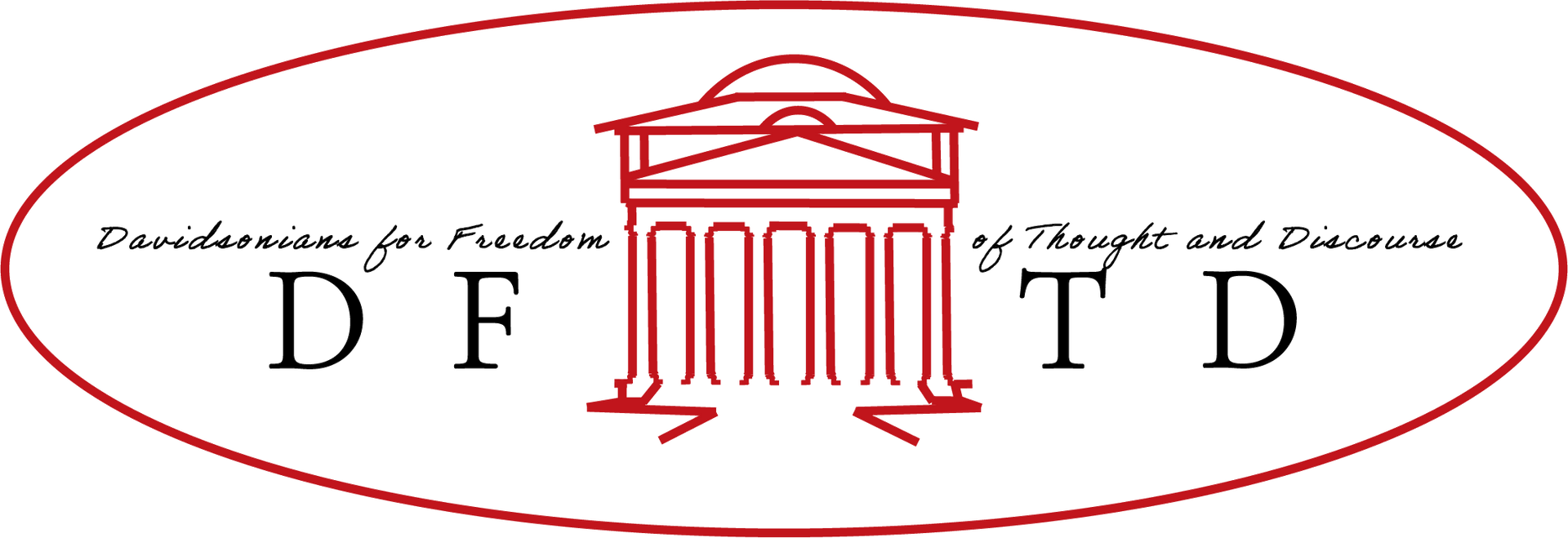Contact Us
Phone:
Email:
Location:
1234 Street Name, City, State 12345
Hours:
Mon - Fri 8am to 4pm
Why Americans Have Lost Faith in the Value of College
Three generations of ‘college for all’ in the U.S. has left most families looking for alternatives.

By Douglas Belkin
The Wall Street Journal
January 19, 2024
The political turmoil that rocked universities over the past three months and sparked the resignations of two Ivy League presidents has landed like an unwelcome thud on institutions already struggling to maintain the trust of the American public. For three generations, the national aspiration to “college for all” shaped America’s economy and culture, as most high-school graduates took it for granted that they would earn a degree. That consensus is now collapsing in the face of massive student debt, underemployed degree-holders and political intolerance on campus.
In the past decade, the percentage of Americans who expressed a lot of confidence in higher education fell from 57% to 36%, according to Gallup. A decline in undergraduate enrollment since 2011 has translated into 3 million fewer students on campus. Nearly half of parents say they would prefer not to send their children to a four-year college after high school, even if there were no obstacles, financial or otherwise. Two-thirds of high-school students think they will be just fine without a college degree.
The pandemic drove home a sobering realization for a lot of middle-class American families: “College for all” is broken for most.
Arthur Levine, president emeritus of Columbia Teachers College and author of “The Great Upheaval: Higher Education’s Past, Present and Uncertain Future,” compares this moment in post-secondary education to the seismic change that followed the Industrial Revolution. That 19th-century wave of disruption washed over schools designed to meet the needs of a sectarian, agricultural society and transformed higher education into a sprawling system of community colleges, land-grant universities and graduate schools.
The dilemma faced by today’s high-school students is that while a similarly massive economic disruption has arrived, new educational alternatives have not. “Whatever comes next,” Levine says of Generation Z, “It’s not going to come soon enough for them.”
So how did one of the crown jewels of American society squander so much confidence so quickly?
If the pandemic marked the moment the “college for all” model finally cracked, 1965 marked its birth. As the baby boomers came of age, the federal government made loans available to any college-bound 18-year-old with a high-school diploma, in order to maintain the most educated workforce in the world. High schools scrapped vocational education programs in favor of college preparatory classes.
Cash and prestige saturated college campuses while alternatives like vocational and technical schools withered. Between 1965 and 2011, university enrollment increased nearly fourfold to 21 million as the earning differential between high school and college graduates expanded. But embedded in the infrastructure of universities were hairline fractures and misaligned incentives that have led the system to buckle.
University governance was designed for an analog era. Decisions are sifted through a slow, deliberative process until faculty, administrators and trustees reach consensus. The genius of the system is that it avoids the strictures of top-down control and protects academic freedom against political interference. The weakness is that it’s a recipe for stagnation.
The digital revolution demanded a nimble realignment of the academy so that students could learn a quickly emerging set of skills to meet changing labor-market demands. Instead of adapting, campus interest groups protected their turf. Decisions reached by consensus usually meant the adoption of modest reforms that were the least objectionable to the greatest number of people, said Brian Rosenberg, former president of Macalester College and author of “‘Whatever It Is, I’m Against It’: Resistance to Change in Higher Education.”
As students abandoned the humanities and flooded fields like computer science, big data and engineering, schools failed to respond. The result was undersubscribed history and English departments and waiting lists for classes that led to well-paying jobs. New programs in emerging fields did not start because schools could not free up the resources.
College enrollment rate of recent high-school graduates, 16 to 24 years old
Source: Labor Department
Many university presidents who pushed for new programs, the faster adoption of technology or the removal of undersubscribed majors faced no-confidence votes from their faculty. “Presidents come in and run smack into the culture and the structures of an institution, and they realize that if I want to keep my job, I’m not going to push for transformational change,” said Rosenberg.
In 2021, when Chuck Ambrose became chancellor at Henderson State University in Arkadelphia, Ark., the school was in financial peril. The music department had more faculty than graduating students, and none of the 60 academic programs was generating enough revenue to cover its costs, Ambrose said. When he announced that the school was going broke, the faculty rejected his data.
Ambrose declared a fiscal “exigency”—the academic equivalent of bankruptcy—and recommended that the school’s board eliminate a third of its teaching positions and nearly half of its degree programs. The faculty asked for his termination, and Ambrose left the next year.
“Systems don’t want to change,” Ambrose said. “Problems accumulate and so does culture.”
The misalignment between universities and the labor market is compounded by the failure of many schools to teach students to think critically. Many students arrive poorly prepared for college-level work, and the universities themselves are ill-equipped to provide intensive classroom instruction.
Professors compete for tenure on the basis of the quality of their research and publishing track record. Teaching is mostly an afterthought. Professors who earn tenure negotiate lighter teaching loads. To fill the gap, schools hire less expensive adjuncts with little job security. Non-tenure track professors now make up three-quarters of college faculty, up from a quarter in 1975.
These precariously employed adjuncts depend on strong student performance reviews for job security, a system that incentivizes them to make few demands in exchange for high ratings. Students spend about half as much time studying and attending class as their counterparts did in 1961, but they are three times more likely to earn an A—now the most common grade in colleges across the country.
A quarter of college graduates do not have basic skills in numeracy and one in five does not have basic skills in literacy, says Irwin Kirsch, who oversees large-scale assessments for ETS, the company that administers the SAT.
Quality control for college degrees falls to accreditors, but they approve programs at hundreds of schools that fail to produce financial value for graduates, and have kept many schools in business with a single-digit graduation rate. About one in 40 U.S. workers draws a paycheck from a college or university, and in recent decades the powerful higher-education lobby in Washington has quashed dozens of proposals to measure the sector’s successes and failures.
Meanwhile, through a combination of state budget cuts, administrative bloat and runaway spending on campus amenities, the real cost of a four-year college degree climbed 180% between 1980 and 2020. The high cost increased pressure on universities to treat students as consumers purchasing a credential, instead of scholars receiving an education.
One result of this transactional attitude has been a sharp increase in cheating. College is one of the few products whose consumers try to get as little out of it as possible, because its market value is tied to the credential, not to the education that it is meant to represent, says Bryan Caplan, an economist at George Mason University and author of “The Case Against Education.”
Cheating is a rational choice on the part of students when credentials are decoupled from learning, Caplan says. He believes that 80% of the value of graduating college today is the signal it sends to employers, and that few students outside of the hard sciences learn much of real value.
The combination of more college graduates and weaker learning outcomes has diluted the signal provided by a degree from less prestigious colleges. That has led to a host of knock-on effects, including credential inflation, in which employers ask for college degrees for jobs that don’t need one and previously did not require one.
For middle-class Americans, college made sense as long as a degree generated a large enough wage premium to make the rising cost of the investment worthwhile. As that premium became less consistent, the risks of going to college grew and confidence in college as an institution declined.
Of 100 random freshmen enrolling in college today, 40 will not graduate. Of the remaining 60 that earn a degree in six years, 20 will end up chronically underemployed. In other words, for every five students who enroll in a four-year college, only two will graduate and find a job based on their degree.
A college education is among the largest investments most Americans will make. The total cost of attending a public college is about $36,000 a year, and the average length of time to a degree is nearly five years. Tack on debt service for student loans and the opportunity cost of not working while in school, and the real cost of college can easily pass $300,000—more than the median net worth of most families.
That math doesn’t work for a growing number of families. The percentage of students who enrolled in college after graduating high school fell from 70% in 2016 to 62% in 2022.
Adalyn Arnstrom, a high-school senior in Dandridge, Tenn., is considering taking a job in construction, with the eventual goal of becoming an electrician, or heading to community college to study ultrasound technology. Despite a 3.0 grade-point average, she’s not very interested in a four-year degree. “I think I can do just fine without it,” she said.
Ben Likens, a high-school senior in Indiana, plans to attend Indiana University next year, mainly because he didn’t see any better options and wanted to avoid the stigma of not going to college. His father, Eric, said that he marched off to college in 1988 because that’s what everyone did. He earned a degree from Ball State University in biology while he worked summers paving roads. After he graduated he continued with road construction because the money was better than anything he could earn with his degree.
Now when Eric hires new employees he considers a college degree a marker of persistence and discipline, but not knowledge or skill. He is unsure if the college path is the wisest choice for his son: “I worry for him that it will be worth it,” he said.
The challenge faced by students willing to buck the gravitational pull of college is to find an alternative. In an economy becoming ever more specialized, most jobs and careers demand skills beyond high school. The question becomes how to get them.
A poll published in 2022 asked parents if they would rather their child attended a four-year college or a three-year apprenticeship that would train them for a job and pay them while they learned. Nearly half of parents whose child had graduated from college chose the apprenticeship.
But unlike the European model of higher education, where students enter a vocational track and apprentice with an employer with the assistance of government support, the U.S. invests almost exclusively in students heading to college. Government financial support for universities outstrips apprenticeships by about 1,000 to one, writes Ryan Craig, author of the book “Apprentice Nation” and managing director of a firm that invests in new educational models.
The pressure to place less emphasis on four-year degrees is growing, however. In what has been called the “degree reset,” the federal government and several states eliminated the degree requirements for many government jobs. Companies like IBM and the giant professional services firm Deloitte have too. Last year,a survey of 800 companiesby Intelligent.com found that 45% intended to eliminate bachelor degree requirements for some positions in 2024. The Ad Council recently ran a campaign encouraging employers to get rid of the “paper ceiling.”
In place of a degree, some employers are adopting skills-based hiring, looking at what students know as opposed to what credential they hold. The problem is that the signal sent by a college degree still matters more, in most cases, than the demonstration of skills. The result is something of a stand-off between old and new ideas of job readiness. A LinkedIn study published last August found that between 2019 and 2022 there was a 36% increase in job postings that omitted degree requirements—but the actual number of jobs filled with candidates who did not have a degree was much smaller.
New initiatives may start to change that balance. New York Mayor Eric Adams has called for 30,000 new apprenticeships in the city by 2030. California Gov. Gavin Newsom wants to create 500,000 in the state by 2029.
Deloitte is one of dozens of big companies championing the idea that skills matter more than degrees. “This is a decade-long journey,” said Kwasi Mitchell, Deloitte’s chief purpose and DEI officer. “It’s going to be a little bit of time before we really open the floodgates with respect to skills-first hiring.”
Douglas Belkin covers higher education and national news out of the Chicago bureau of The Wall Street Journal.


Email:
Contact@dftdunite.org
Mailing Address:
PO Box 355
Davidson NC, 28036
Location:
Office Only - DO NOT MAIL
209 Delburg Street, Suite 107
Davidson, NC 28036
© 2022 All Rights Reserved | Davidsonians for Freedom of Thought and Discourse
Privacy Policy | Terms & Conditions | Disclaimer
Website powered by Neon One

